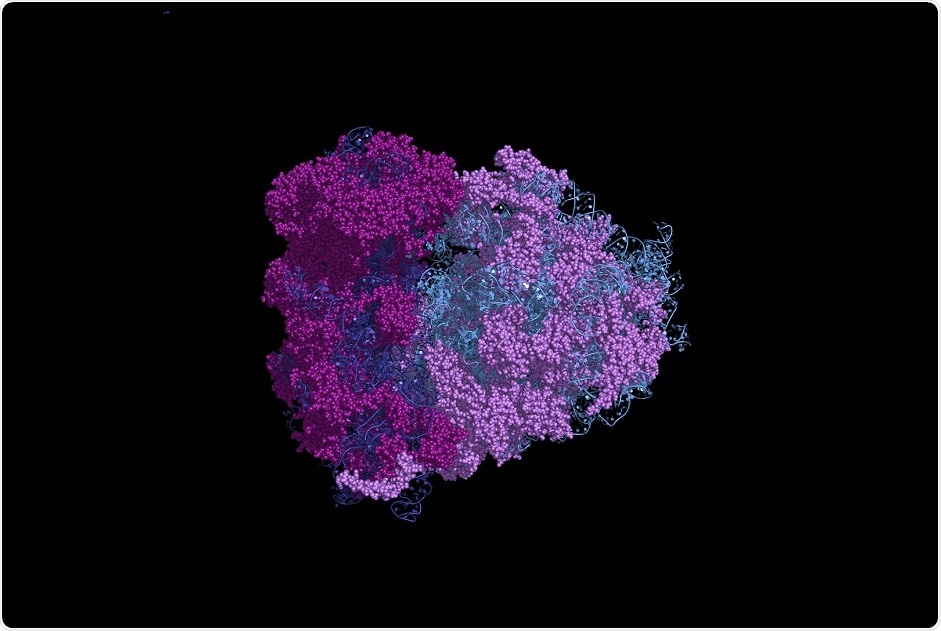Scientists have success in creating an inhalable mRNA therapy that can induce the production of a target protein, which in this case was a bioluminescent protein, in the lungs of mice. The study brings hope to patients with chronic pulmonary conditions such as cystic fibrosis.
 petarg | Shutterstock
petarg | Shutterstock
This breakthrough, which was published today in the journal Advanced Materials, was achieved by Dr. Asha Patel, and Dr. Daniel Anderson at Imperial College London and MIT, respectively.
The use of mRNA to stimulate the production of therapeutic proteins has been investigated by many researchers. However, mRNA is easily degraded in the body, making it very important to develop carrier molecules that can deliver it to the target site in a safe and effective manner.
Previous research in Anderson’s lab had already uncovered some materials capable of transporting mRNA and RNA interference (RNAi) to organs such as the liver. These are now being refined for future potential use in patients.
The current study focused on the creation of inhalable mRNA which could travel straight into the lungs. This would mimic the formulation of many drugs which have been developed specifically for use in asthma and other pulmonary diseases.
These drugs are typically used via inhalers or nebulizers. An inhaler sprays a powdered medication into the lungs, while nebulization involves the aerosol form of the medication. Both types enter the lungs via inhalation.
One essential component of inhalable mRNA is a material that can keep the mRNA intact until its absorption in the lung. Early candidates such as polyethylenimine (PEI) were discarded because they resist degradation. Repeated doses, which are likely to be required for mRNA therapy, obviously had the potential for polymer accumulation and toxicity.
To bypass this, the researchers explored the use of positively charged polymers, in this case, hyperbranched poly (beta-amino esters), which are biodegradable.
They produced an inhalable mRNA in suspension form, containing nanoparticle spheres of about 150 nm diameter. The spheres comprise the mRNA that encodes the bioluminescent protein luciferase, enmeshed in the polymer. The mice inhaled the droplet suspension as a mist via a nebulizer.
Within 24 hours of inhalation, an impressive percentage of the mice were producing the protein within their lung cells. The protein concentration fell slowly over time, reflecting the clearance of mRNA from the body. Repeated inhalation served to maintain a steady concentration of the protein, which confirms the therapeutic utility of the innovation.
Breathing is used as a simple but effective delivery route to the lungs. Once the aerosol droplets are inhaled, the nanoparticles contained within each droplet enter the cells and instruct it to make a particular protein from mRNA."
Dr. Asha Patel, Lead Researcher
Not only does the carrier protect the mRNA from degradation during inhalation, but it allows for its entry throughout the lung spaces, in all five lobes. The target site in this study was epithelial cells, which line the lungs and have been implicated in a wide range of diseases.
Increased ease of use could be ensured by providing the mRNA in freeze-dried powder form, which makes it suitable for use via an inhaler. The feasibility of this was also confirmed in the current study.
We think the ability to deliver mRNA via inhalation could allow us to treat a range of different disease of the lung."
Dr. Daniel Anderson, Senior Author
Next, Patel plans to delve further into mRNA as an agent of targeted therapeutic molecules at Imperial College, London.